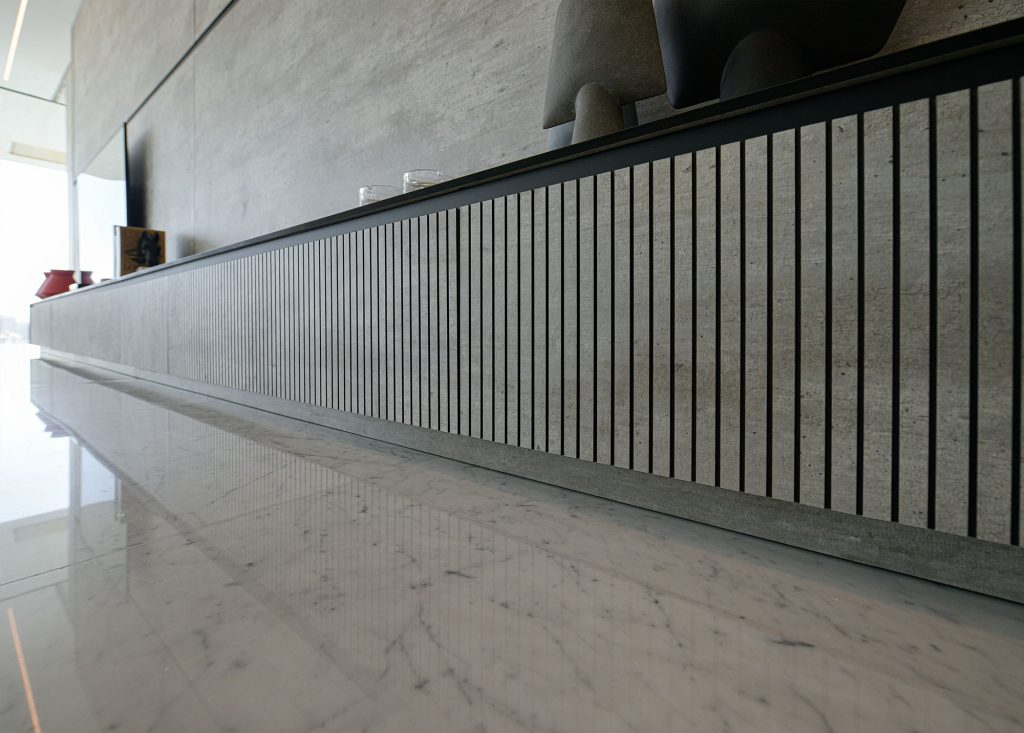Recycling of laminates is possible, but the process depends on the type and composition of the material. Most laminates contain recyclable components, especially the wood-based backing material. Proper sorting can reduce the amount of material going to landfill and promote sustainable consumption in the construction sector.
Can laminates be recycled and how is this done?
When a laminate reaches the end of its life, many people consider the possibilities of recycling. Laminate is a composite material whose different parts can be partially recycled. Typically, laminate consists of a wood-based frame (HDF or MDF), a top layer usually made of plastic or resin mix, and a bottom layer to balance the structure.
The most important factor for recycling is material separation. Wood-based materials can usually be recycled for energy or chipped for reuse. Plastic parts and synthetic materials are more challenging and often end up in mixed waste or energy fraction.
To reduce the environmental impact, it is important to recycle laminates. Recycling reduces the need for raw materials, the amount of waste going to landfill and energy consumption compared to manufacturing new products. Building materials delivery times can be long, so recycling is also a resource-efficient option.
What types of laminate can be recycled?
There are significant differences in the recyclability of laminate types. High Density Fiberboard (HDF) laminates are the most common, with a wood-based body that is relatively easy to recycle. The frame can be chipped and recycled, for example, into particleboard or energy. The top layer, which contains resins and plastics, is more difficult to recycle and often ends up in mixed waste.
Medium Density Fiberboard (MDF) laminates have a more porous structure than HDF materials. Their recycling works on the same principle - the frame can be recycled, but the coating is more challenging. With MDF, it should be noted that it may contain more adhesives and binders, which can affect the recycling process.
Mass-produced laminates with delivery time may vary depending on the manufacturer, are generally more durable and thicker materials. However, their structure can make it more challenging to separate materials during the recycling phase.
Laminate recycling - summary and main considerations
Laminate recycling is possible, but requires proper sorting and handling. The main considerations are:
- Wood-based parts are the easiest to recycle
- Coatings and plastic parts often end up in the energy fraction
- Careful dismantling improves recycling opportunities
- Identify local recycling options before starting demolition work
More environmentally friendly renovation also involves considering the choice of materials. Choose products with the appropriate environmental certificates and are designed to last. Pay attention to the recyclability of materials at the purchasing stage - durable, high-quality materials are often a greener choice in the long run.
The recycling of laminates is constantly evolving, and new recycling technologies are being developed to meet the challenges of the circular economy in building materials. In the future, an increasing proportion of laminates will be designed to be recyclable from the outset, facilitating the recovery of materials at the end of their life cycle.
Responsible consumption of building materials means a holistic approach: choose quality products, ensure proper installation and maintenance to prolong their lifetime, and recycle materials properly after use.

